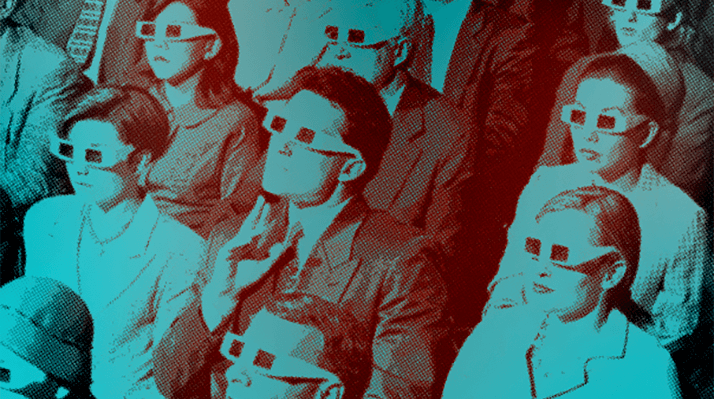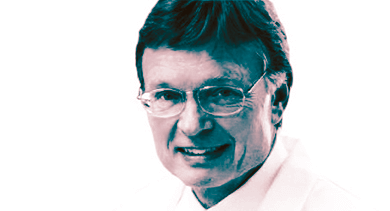

Daniel Armstrong, Chair of the ISCC & GC×GC 2015 symposium and Robert A. Welch Chair in Chemistry at the University of Texas at Arlington explains the broad significance of multidimensional techniques and the value of riding down to Texas in May.
It has been recognized for decades that the capability of multidimensional separations – in terms of peak capacities and the analysis of complex samples – is unsurpassed by other analytical approaches. Early on, planar chromatographic and later, slab gel electrophoresis methods were used to separate complex samples in space, as opposed to time. Indeed, the importance of uncorrelated or orthogonal separation systems and much of the basic theory regarding peak capacity, peak overlap and resolution were understood even before the advent of practical comprehensive chromatography technology. Over the last several years, proper hardware (especially effective modulators) plus the software and algorithms needed to handle, treat and display the enormous amounts of data involved have been developed. The comprehensive 2D approach, where the entire first-dimension separation is subject to the second dimension separation absolutely demanded the aforementioned advances in hardware and software. Today, multidimensional chromatography has advanced to the point where it has become a useful and often indispensible technique to the average practitioner.

It is probably not a coincidence that the rapid growth of multidimensional separations has coincided with the tremendous expansion in “omics” research. Most analytical journals are currently publishing numerous papers involving proteomics, genomics lipidomics, foodomics, petroleomics and so on. In some fields, environmental or petrochemical for example, complex samples are best analyzed by comprehensive GC. In other areas, comprehensive liquid-based separation methods are required – genomics or proteomics, for example. In many cases, the method of detection (mass spectrometry, diode array, etc.) adds yet another dimension to the analysis, further enhancing the amount of information obtained. Comprehensive GC became a practical commercial method well before comprehensive LC – or any other combination of liquid-based techniques. Indeed, comprehensive GC can make use of several different effective modulation approaches and the software and data handling capabilities have evolved to the point that they can nearly be considered user friendly (or not, depending on the individual you are talking to). We can expect the same advances to be introduced for comprehensive liquid systems as time passes.
And so, from May 16, 2015, Fort Worth will become the world’s focal point for all forms of multidimensional separations, capillary and fast separations. The concurrent 39th International Symposium on Capillary Chromatography & 12th GC×GC Symposium will provide an exceptional venue for basic education in the area of comprehensive separations with short courses on GCxGC, ionic liquid stationary phases for GC, and sample preparation methods. Leading researchers will present their latest work in all areas of comprehensive separations. Instrument and column manufacturers will present “lunch included” workshops for interested scientists. And the work of many young scientists will be featured and there will be scientific poster awards. Moreover, it couldn’t be easier to get to. Last but not least, no one will want to miss the exciting plenary lectures. George Whitesides will present “Simple/Low-cost Bioanalysis: Health-care in the Developing World” and Sandy Dasgupta will share his “Mission to Mars: A Chromatograph for Extraterrestrial Explorations”. We hope to see you there!
The 39th International Symposium on Capillary Chromatography & 12th GC×GC Symposium will take place May 16–21 in Fort Worth, Texas. For more information, visit: www.isccgcxgc2015.com
The new sheriff in town by Daniel Armstrong
Wrangling orthogonality in multidimensional chromatography by Michelle Camenzuli
Reigning in multidimensional data by James Harynuk
Vacuum-uv lone star versus ms by Kevin Schug
Rodeo champs by Mark Schure
Young guns: ionic liquids for gcxgc by Jared Anderson
Wrangling orthogonality in multidimensional chromatography by Michelle Camenzuli Reigning in multidimensional data by James Harynuk Vacuum-uv lone star versus ms by Kevin Schug Rodeo champs by Mark Schure Young guns: ionic liquids for gcxgc by Jared Anderson




